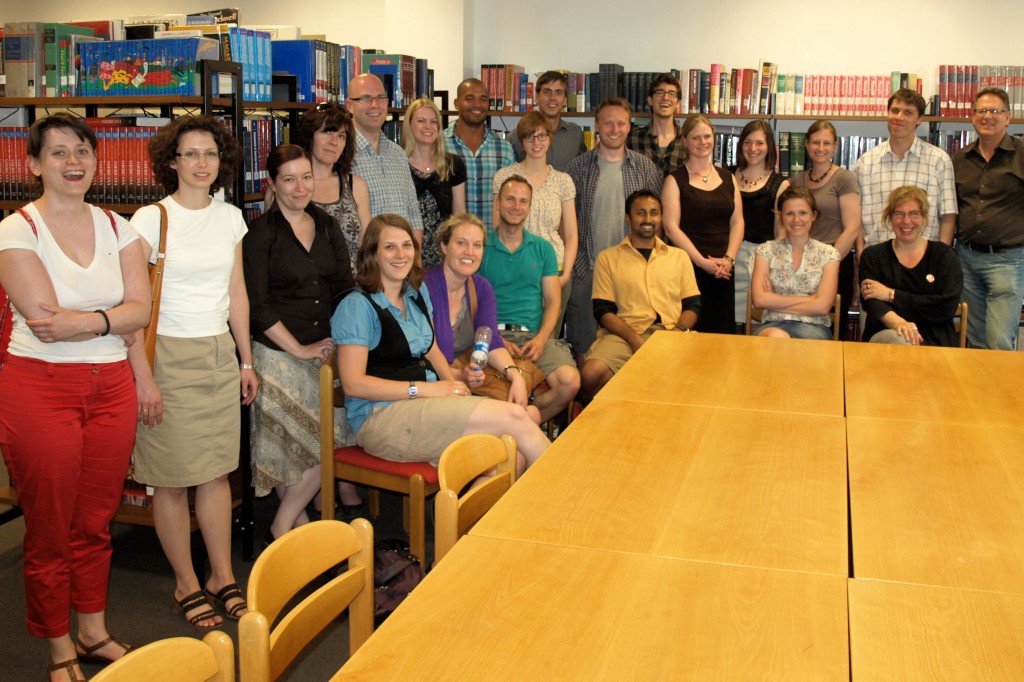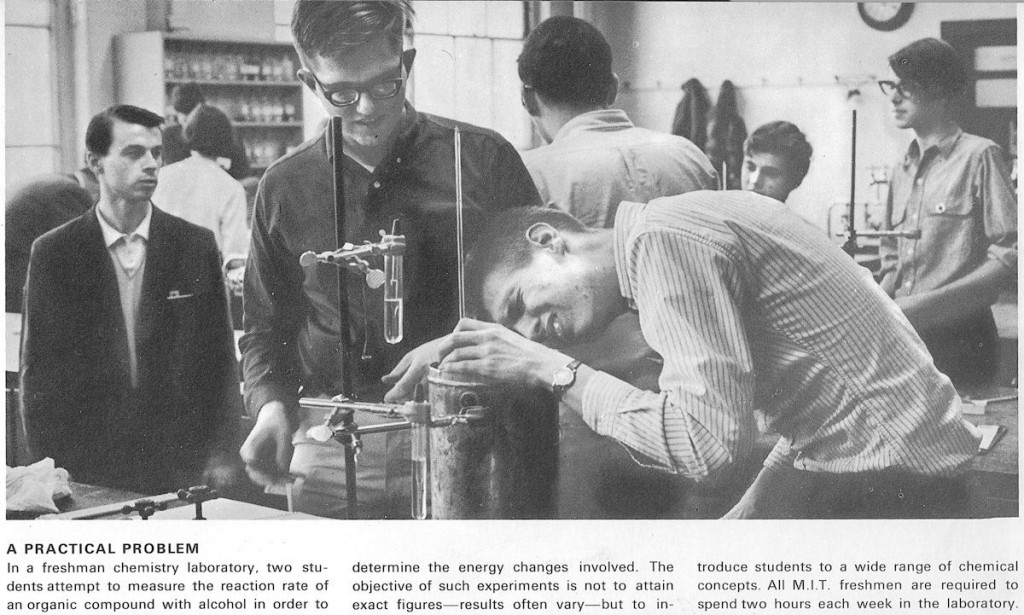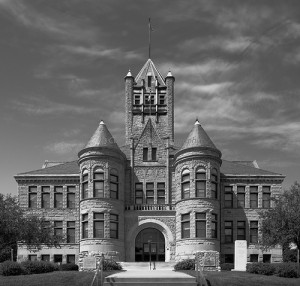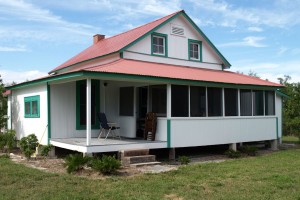>> Images <<
August 8, 2013
Image 09: Berlin July 2013
May 31, 2011
Image 07: Summer Academy
January 28, 2010
Image 06: Portrait of the Artist as Engineer
(In memory of Jeanne Alderton Watten Agnew, 19 April 1926–28 January 1990.)
January 21, 2010
Entry 07: Is This Anything?
My resolve for this website project, at least at the outset, has been to post “something” once a day. But what counts as something? One of David Letterman’s fugitive routines suggests a standard for judgment: “Is it something, or is it nothing?” Not remembering the correct title for the routine, I searched the internet and came up with a number of philosophy sites that had used the line as a cue—but nothing like a record of Letterman’s usage.
The last post is an example. As the time frame for posting “something” on January 20 neared its end, due to the lateness of the hour and the difficulty of the day, I was starting to draw a blank. That in itself could be “something,” properly framed. I searched the internet for traces of “something” and, following the faintest of threads, came up with a 90-minute video I had not previously seen, a virtual screen test from the ontological bunker of aesthetic theory.
This was truly “something,” and suggested an idea for my next post: an account of David Letterman’s routine, were I able to substantiate it. Perhaps it was entirely ephemeral, made up—but the ghost of its effects in the larger culture remain. Chris Vitiello, on Facebook, posted a random entry that showed the way: “Who the **** is Jay Leno?” This may have been the origin of the routine, as I have never understood what Jay Leno is about, if anything.
January 20, 2010
Link 04: Poetry Is
In 2007 or thereabouts, I ran into Detroit poet Chris Tysh on W. 26th Street in Chelsea. It must have been Saturday. Simultaneously, we were hailed (as it were) by the poet George Quasha, who invited us in to the White Box Gallery to take part in a video project he was making. In another version of this story, I must have been contacted by Quasha, who invited me to the gallery, and I arrived at the same time as Chris Tysh. In a third version of the story, Carla Harryman was also present, to be hailed or invited by George Quasha.
In any case, Quasha asked me to compose myself, face a video camera and speak in whatever manner I chose, at whatever length I might, to the topic “Poetry is . . . .” After giving it some thought I did so. Carla Harryman likewise spoke to the question. Chris Tysh composed herself and spoke, while I remained at a respectful distance, not wanting to interfere. Kristin Prevallet may also have been there, composed herself, and likewise spoke.
Later, I wrote George Quasha about whether the project had come to fruition. He answered in inspecific terms. From that time forward I heard nothing more until, clicking on a Google link to an rss feed site called Tumblr, I came across evidence that the work existed and that I was in it, along with almost anyone else who might have an answer to that question. The resulting video is a compilation of some interest that just might speak to what “poetry is . . . .”
The video has been out for about one week. My segment can be found at 34:45.
poetry is [vol. I] from George Quasha on Vimeo.
January 18, 2010
Image 05: Total Syntax Détournement
January 17, 2010
Event 04: Johnson County Courthouse
I am reminded by Rod Smith’s move to Iowa City of my own arrival in January 1970. I had driven a driveaway Buick from California with several other students; stopped over in Iowa City to drop off my things and just miss an encounter with Alice Notley, then moving to New York; and brought the car to its owner near Kosciusko Boulevard in Chicago, returning by bus. That first night in Iowa City I slept in the car in front of the Johnson County Courthouse, a building renowned for its stolid but eerie architecture. In the morning, when I awoke, I saw farmers dragging fox carcasses up the stairs of the courthouse for bounty. … More
January 16, 2010
Entry 06: Sylvia Plath’s Collage
Like many who identified with the epochal chasm between The New American Poetry and mainstream verse of the 50s and 60s (whose benchmark anthology was Hall, Pack, and Simpson’s New Poets of England and America), I have been skeptical about Sylvia Plath; the cult of her suicide; the Plath, Sexton, Lowell, Berryman quadriviate; and any kind of confessionalism. As mainstays of workshop writing, these figures set in place terms for the personal lyric that is as close to a norm for verse culture as we have had—to the point that it becomes a cultural norm. But in the period since Plath’s mainstream and feminist reception in the 60s and 70s, much has changed. Lyric poetry has come under pressure from Language writing, and revisionist contextual and gendered readings have opened up Plath’s poetics, allowing one to see her negativity as critical and cultural, not simply formal and expressive.
January 15, 2010
Image 04: The Author as Site
- At various points in my lectures on Laura (Riding) Jackson last November, I suggested that her work could be compared to the literal monument that the LRJ Home Preservation Project had displaced and transported from its original site in Wabasso, across the Intercoastal Waterway to Orchid Island. (Riding) Jackson’s work on language suggests an overarching project of meaning as “site,” with the act of rational definition, perhaps, plotting its contours. … More




















